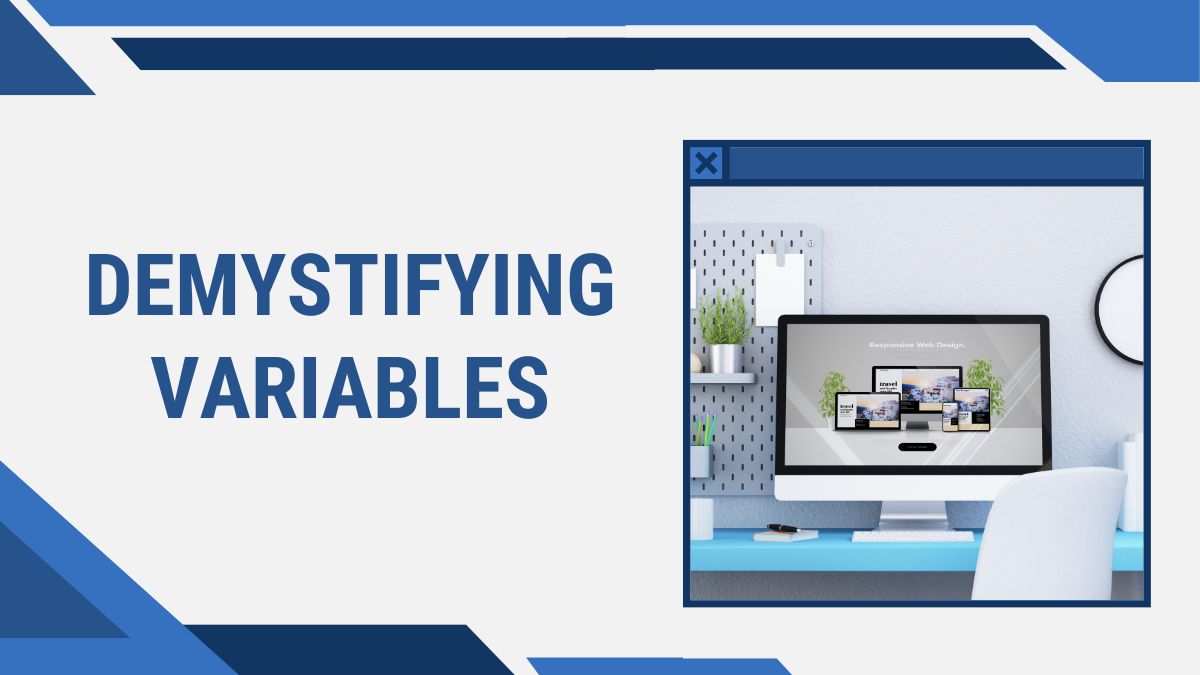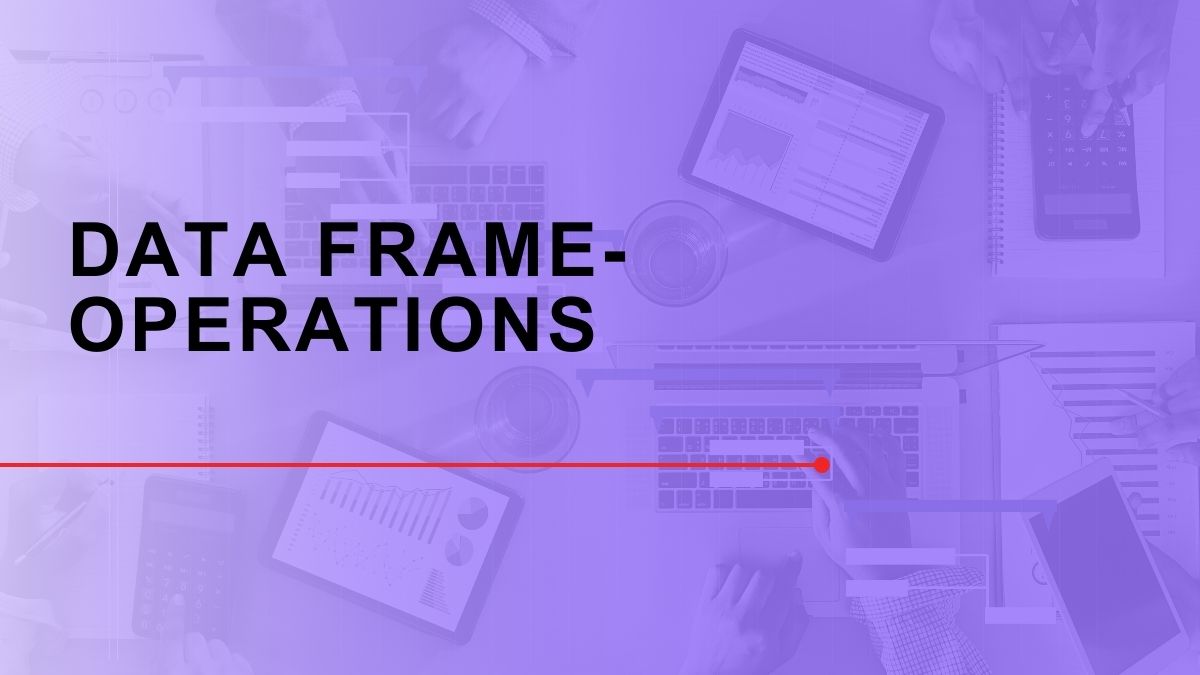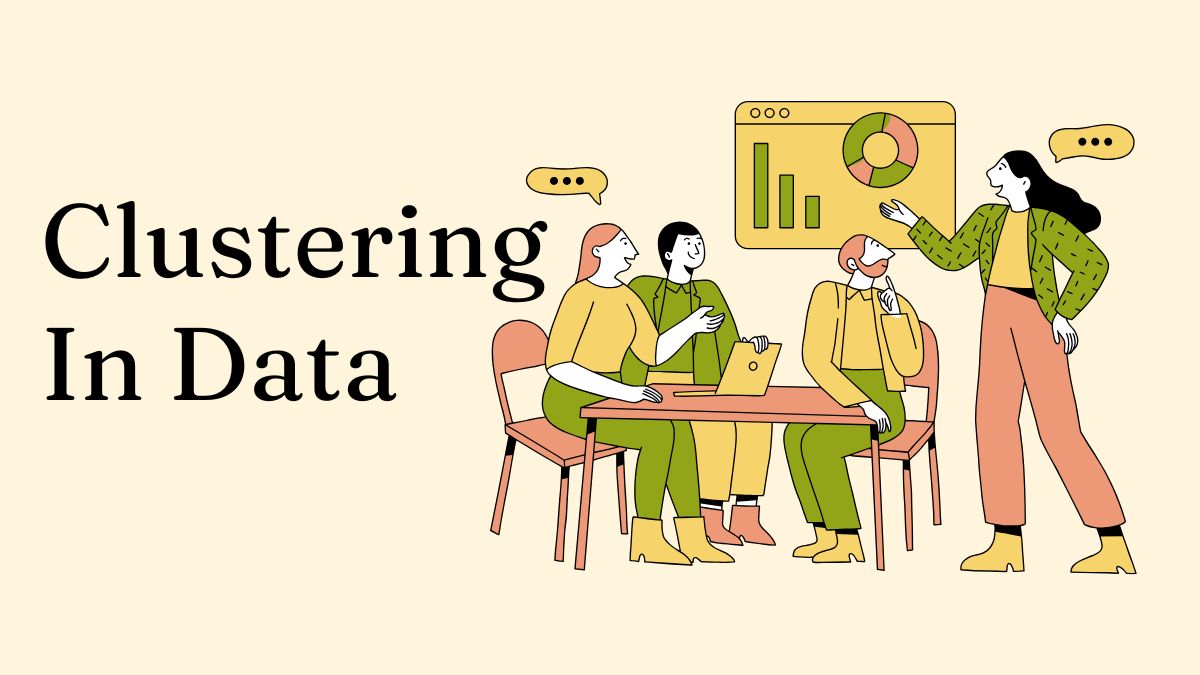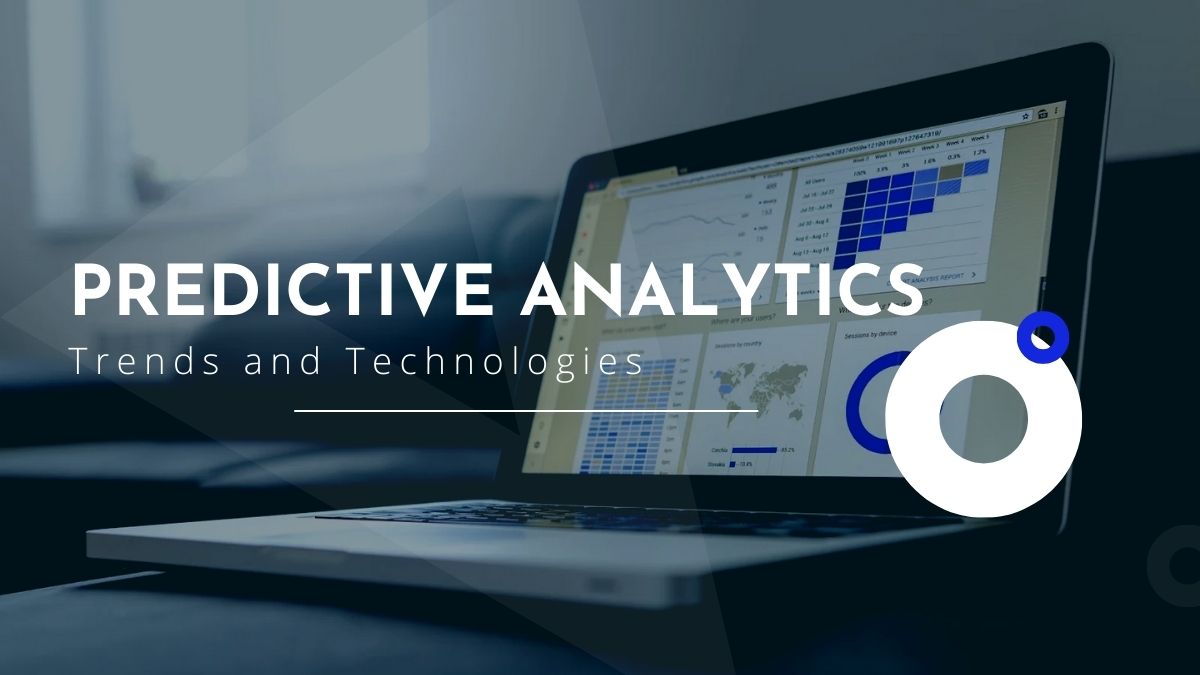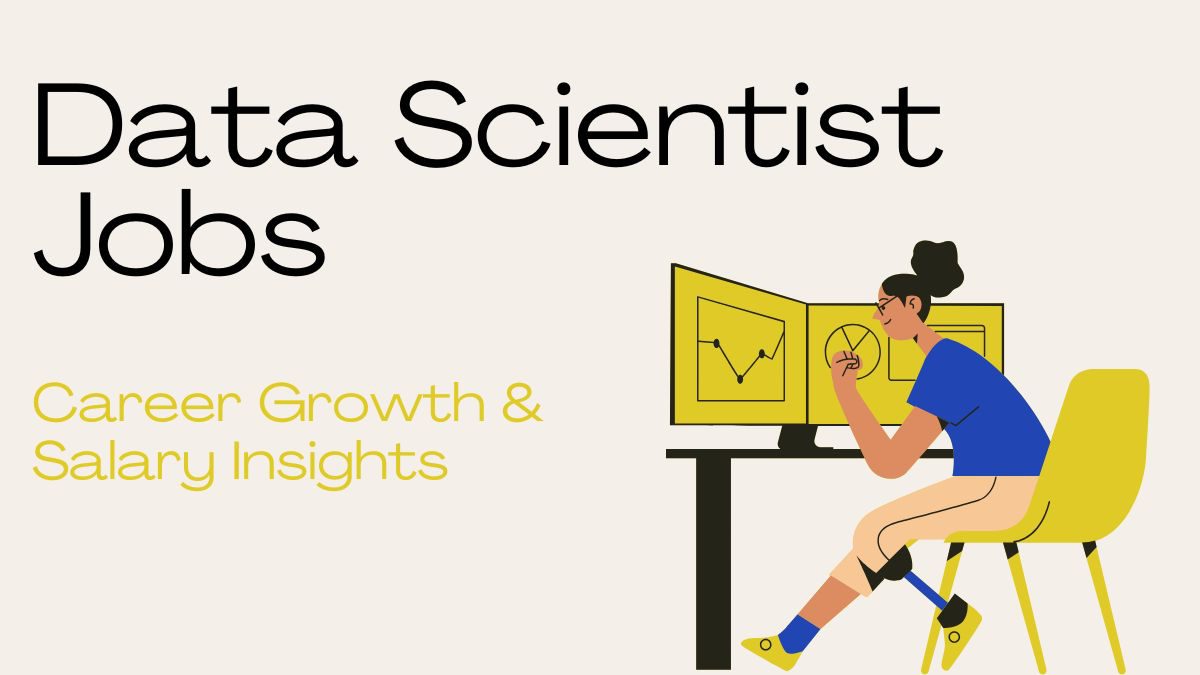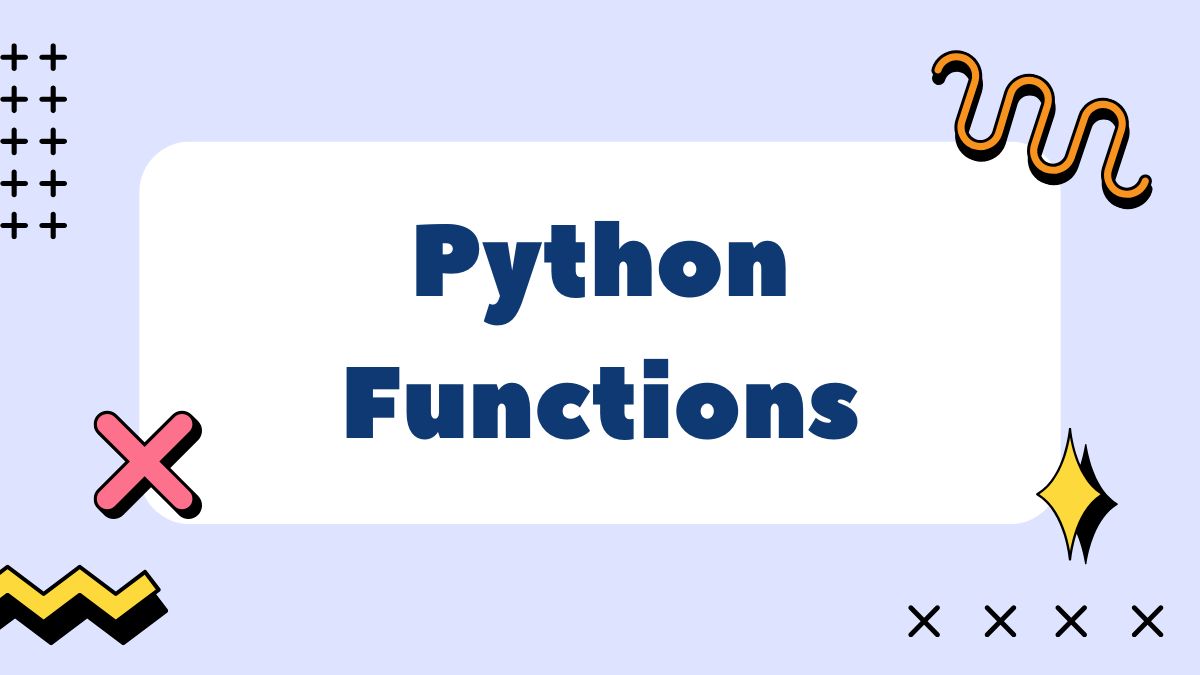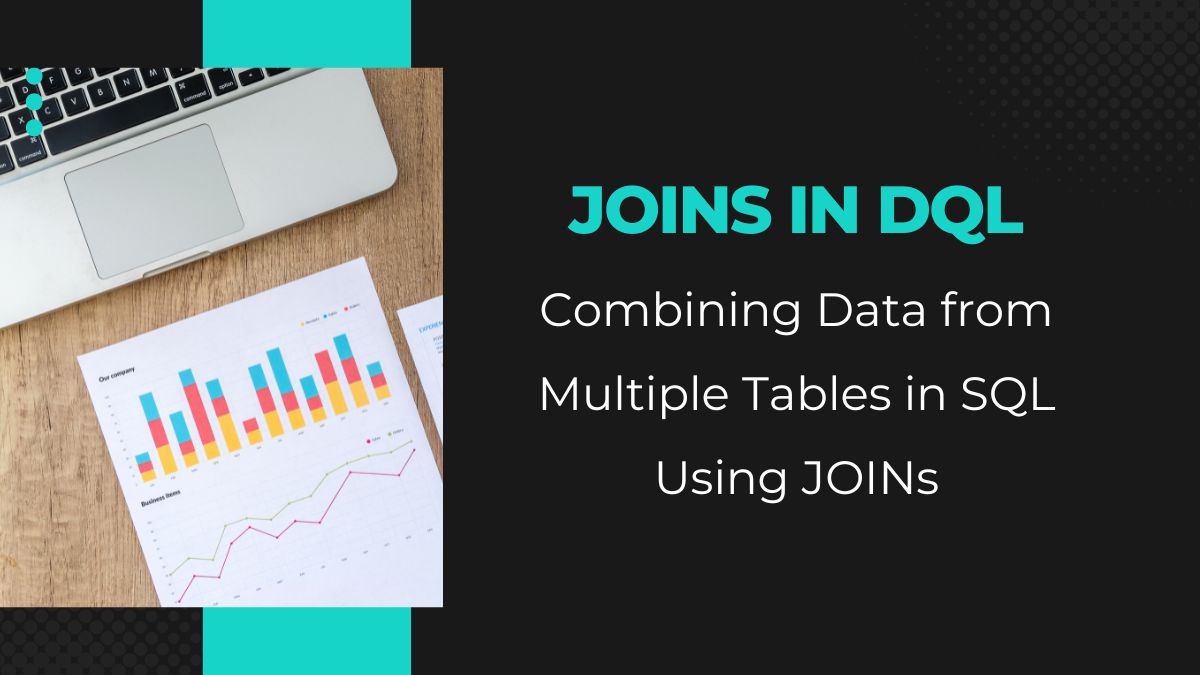Business analysts have significantly raised the importance of modern business in the contemporary business world. Companies are taking their digitalisation to further heights, which requires expert professionals who work within the objectives of business and technology solutions. Business Analyst jobs not only hold quite promising and good salaries but also provide an ability to influence business decisions and strategies to a vast extent. The following blog will reveal essential business analyst skills, roles, responsibilities, and a step-by-step approach to success in this dynamic field.
What is a Business Analyst?
So, what is a Business Analyst? It’s a job that involves determining an organisation’s needs, analysing processes, and then driving improvements into a business built on overall business goals. This includes all sorts of industries, such as finance, IT, healthcare, and retail sectors, to name a few.
A Business Analyst is usually the “go-between” between IT teams and business stakeholders, ensuring that the technological solution delivers on the overall business strategy. They try to find business needs and document requirements, and help companies use data effectively to make decisions.
What does a Business Analyst Do?
A Business Analyst bridges the organisational business needs gap between its IT and technical teams. Their main tasks include:
- Analysing and understanding how to improve a company’s operations.
- Identifying problems or areas for improvement.
- Recommending solutions that will enhance business processes and increase efficiency.
They help organisations make better decisions through data-driven insights and clear communication of issues to stakeholders.
Requirements Gathering:
Gathering and documenting business requirements is a crucial task for any business analyst. This requires working closely with stakeholders to grasp their needs, objectives, and challenges fully.
Data Analysis:
Business Analysts analyse and interpret data to identify trends and inefficiencies. Their job is essential for suggesting improvements that could be made with a better-optimised business operation.
Process Modelling:
BAs create detailed models and diagrams of business processes. These models help identify areas for improvement by streamlining or automating these processes.
Stakeholder Communication:
Business Analysts can act as a bridge between other departments, ensuring that anyone with a vested interest in the project from any individual, whether within the institution or external client, understands both the business needs and the project’s progress from IT people and the management.
Solution Evaluation:
Having analysed the business’s needs, the Business Analyst will evaluate solutions based on the pros and cons of each recommendation to advise which is best suited for adoption. Changing software systems, business processes, or company policies can be a proposition.
Testing and Validation:
After applying a solution, business analysts may test the new system or process to see if it meets the delineated business objectives. This would ensure that the solution works as expected and contributes value to the organisation.
Project Support:
Business Analysts can significantly support project management teams by clearly defining scope, timelines, and deliverables, ensuring that projects always stay on track to meet an organisation’s objectives.
How to Become a Business Analyst?
For anyone interested in getting off to a good start in Business Analyst jobs, here are a couple of steps that they should take:
Degree Educational Background:
A degree is not highly specific. However, most Business Analysts require a background in business or IT-related disciplines. Business administration, computer science, or finance are good places to start.
Certifications:
One should always consider obtaining a Business Analyst certification. Of course, CBAP and PMI-PBA are the famous ones. These have massive employment value.
Practical Experience:
They will get any form of experience. The entry-level project management positions, or data analysis consulting engagements, will give one a good flavour of how any business works and the role of an analyst in processes to improve.
Professional Networking and Mentorship:
Professional networks or mentorship can help freshers enter even the most competitive fields of Business Analyst jobs. There will be great advice, and a leader will guide a person towards job opportunities.
Business Analyst Job Description
A Business Analyst often works with data, provides comprehensive analysis, and collaborates with different teams to ensure that business processes align with the company’s objectives. Important functions include:
Elaboration of Requirements:
Business Analysts collect business requirements from stakeholders through interviews, workshops, and other data-gathering methods.
Data Analysis:
Data analysis should be at the heart of any Business Analyst job description. It enables one to analyse patterns and trends that help businesses make decisions.
Documentation:
A Business Analyst job description would only be complete with sustainable documentation of all processes, decisions, and requirements, ensuring that all aspects are well governed for all stakeholders in a project.
Solution Implementation:
After analysing the data and suggesting a solution, the Business Analyst implements it with minimum pain and the best possible applications of new processes or technology.
Key Business Analyst Skills
There are many success skills in the position of a Business Analyst. Let’s begin with the most important of them:
Analytical Thinking:
A Business Analyst can break down complex processes and data. Analytical thinking will allow him to identify problems, lead to causal factors, and then propose solutions that work. Adequate analytical skills will enable business analysts to analyse data, identify trends, and forecast trends.
Communications Skills:
The communication requirement is very high as the business analyst acts as a liaison between IT teams and the business stakeholders. He needs to explain technical concepts to non-technical audiences. Clarity and concision in communication will help present solutions and the eventual buy-in from the stakeholders.
Problem-Solving Skills:
A business analyst’s main task is solving problems in their organisation. These tasks can involve better efficiency, cost reduction, or increased revenues. Solutions should be innovative and require sound critical thinking.
Technical Competence:
Business Analysts don’t usually write code, but technology experience is essential. You will need working knowledge of some tools like SQL, Excel, or data visualisation tools like Power BI or Tableau. Some project management tools, such as Jira or Trello, are also helpful.
Stakeholder Management:
Some stakeholders end up having variant priorities; Business Analysts have to deal with such, and their duties and responsibilities include handling expectations from such stakeholders and making sure all of them are in good contact with the project’s goals.
Business Analyst Roles and Responsibilities
Business Analyst roles and responsibilities majorly depend on how any given organisation would need to run a project. Generally, some of the typical responsibilities include;
Elicitation of Requirements:
The stakeholders deduce the business needs and translate the mentioned needs into functional and technical requirements.
Data Analytics:
They implemented the use of data for sound judgment and tracking effectiveness change.
Risk Management:
It captures inherent risk in proposed solutions and notes mitigation strategies.
Project coordination:
Business Analysts are neither project managers nor a project team. They are, however, likely to see only success for projects in terms of on-time delivery.
Process Improvement:
Much of the work of a business analyst involves identifying inefficiency in business processes and proposing improvement solutions.
Business Analyst Jobs by Industry
A Business Analyst position is offered in nearly all industries since all businesses operate based on data-driven insights. The most popular business analyst positions are available in the following sectors:
Information Technology and Technology:
Business analysts in this industry primarily work on aligning business needs with the software solution to be applied. They perform cross-level services involving new system implementation, updating old software, and integrating new technologies into ongoing workflows.
Finance:
Business analysts in the financial sector help optimise the banking process. They ensure that an entity streamlines operations but minimises or monitors risks overall. They also make profit-making operations based on data possible.
Health Care:
A healthcare industry business analyst may identify better patient care and operational efficiency. Innovative technologies are in demand in healthcare services, and they need to revamp the entire process of patient record data.
Retail and E-commerce:
An online business will want the business analyst to study customer journeys, sales, and supply chains to create a better user experience in the workspace. This will help with more efficient logistics and increased sales.
Business Analyst Salary
The salary expectations of a business analyst will vary based on an individual’s experience, location, and industry. Here is what you can expect at each career stage:
Entry-Level Business Analyst Salary:
The average starting salary of Business Analysts varies between ₹3,00,000 and ₹5,00,000 per annum. Business Analyst jobs for freshers also accept fresher employees in different business lines.
Middle-Level Business Analyst Salary:
The average salary for a business analyst with 3 to 5 years of experience is between ₹8,00,000 and ₹10,00,000 a year.
Senior Level Business Analyst Salary:
The senior business analyst can garner up to ₹12,00,000 LPA and above, depending on proper specialisation or high-demand areas.
Preparation for a Business Analyst Interview
Preparing for an interview would include the kinds of Business Analyst interview questions someone would most likely encounter. These often test the ability to solve problems, technical skills, and the capability to manage stakeholders. Some of the most typical interview questions asked of a Business Analyst are:
- Can you explain when you identified a business problem and how you solved it?
- How do you handle conflicting requirements from different stakeholders?
- What techniques do you use to gather and analyse business requirements?
- How do you ensure that your recommendations align with business goals?
- Can you explain the steps involved in creating a process flow diagram?
Business Analyst Certifications for Career Advancement
A Business Analyst certification is a game changer that can change the character of job opportunities and qualify you for better jobs. Some of the most popular ones are:
- Certified Business Analysis Professional (CBAP): Offered by the International Institute of Business Analysis (IIBA), this certification is ideal for experienced professionals.
- Entry Certificate in Business Analysis (ECBA): The IIBA also offers this, which is perfect for newcomers to the field.
- PMI Professional in Business Analysis (PMI-PBA): The Project Management Institute offers this certification, which is valuable for those who work closely with project managers.
The Future of Business Analyst Jobs
In the post-event scenario of such widespread industrial digital transformations, seasoned Business Analysts must continue to be in demand. New business analysts must also acquire new skills in handling technology, such as artificial intelligence, machine learning, and big data. Technocrats who deal with those technologies would draw a higher paycheck and play a more significant role in formulating businesses’ various policies.
Conclusion
Business Analyst jobs dish out a thrilling combination of problem-solving, data analysis, and other organisational developments. Be it staring from the ground zero as a fresher or sitting atop the promotional ladder, some acquaintance with primary Business Analyst skills and responsibilities is necessary for a long-term stay on that career ladder. After suitable educational qualifications, appropriate certifications, and practical exposure, one can grow into a full-time, lucrative career as a Business Analyst.
A Data Science Course equips you with essential skills in data analysis, machine learning, and statistical methods. It opens pathways to high-demand roles across industries. Enhance your career with hands-on projects and expert-led learning.
FAQs
1. How much do Business Analysts get paid?
In India, the salary of a Business Analyst varies significantly based on experience and the industry. Entry-level Business Analysts typically earn between ₹3,00,000 and ₹5,00,000 per annum. As they gain experience, their salaries can rise substantially.
For those with 5-9 years of experience, salaries can reach around ₹8,30,975, while Senior Business Analysts with over 15 years of experience earn upwards of ₹12,00,000 to ₹18,00,000 annually. The average salary across the board is approximately ₹9,70,000 to ₹10,20,000 per year.
2. What are the critical skills needed for a Business Analyst?
The primary skills expected from a Business Analyst include:
- Analytical Thinking: Ability to interpret data and identify trends.
- Communication: Strong verbal and written skills to convey ideas clearly to stakeholders.
- Problem-Solving: Aptitude for addressing issues and proposing practical solutions.
- Technical Proficiency: Familiarity with tools like SQL and Excel for data analysis.
- Stakeholder Management: Skills in building relationships and managing expectations among various stakeholders
3. Should I be certified to become a Business Analyst?
While certification is not mandatory to become a Business Analyst, obtaining credentials such as CBAP (Certified Business Analysis Professional) or PMI-PBA (Professional in Business Analysis) can significantly enhance your job prospects and earning potential. These certifications demonstrate your expertise and commitment to the field, making you more attractive to employers.
4. What is a Business Analyst?
A Business Analyst is responsible for gathering business requirements, conducting data analysis, documenting processes, and implementing solutions. Their work involves close collaboration with stakeholders to ensure that projects align with business needs while identifying improvement opportunities. They are crucial in helping organisations make informed decisions based on data.
5. How do you get into Business Analyst jobs as a fresher?
For freshers looking to enter Business Analyst jobs, the following steps are recommended:
- Education: A relevant degree in business or IT is often required.
- Internships: Gaining practical experience through internships or entry-level roles can be beneficial.
- Certification: A Business Analyst Certification can enhance employability and demonstrate your commitment to the field.
Focusing on these areas can help freshers improve their chances of landing their first role as Business Analysts.

